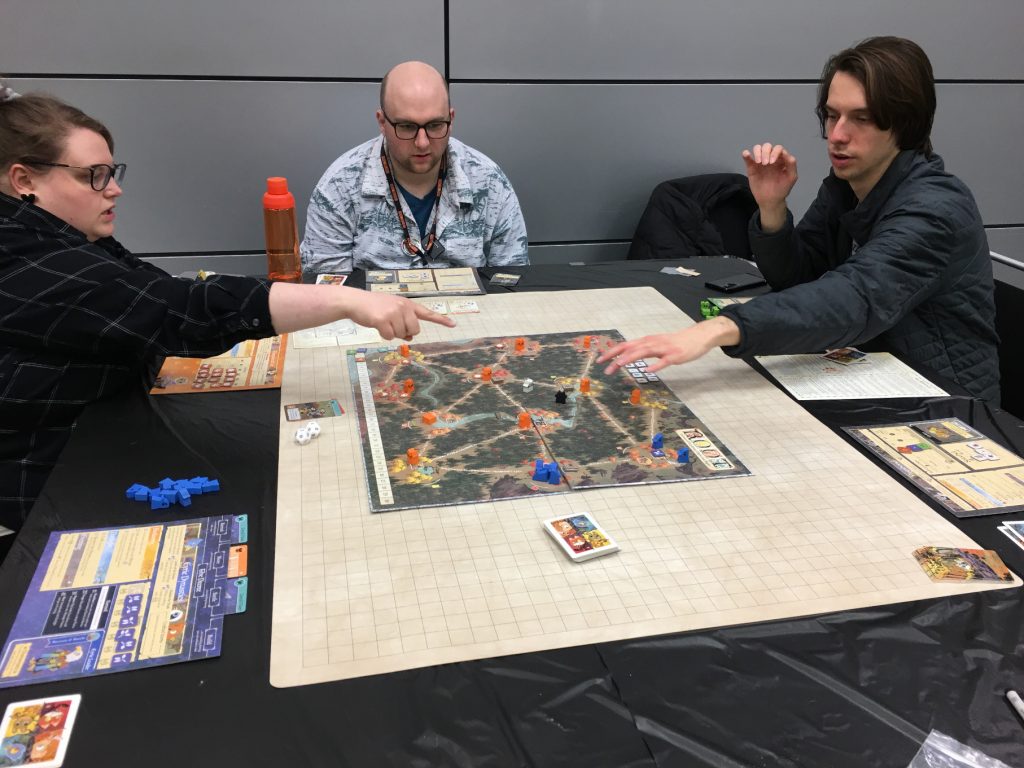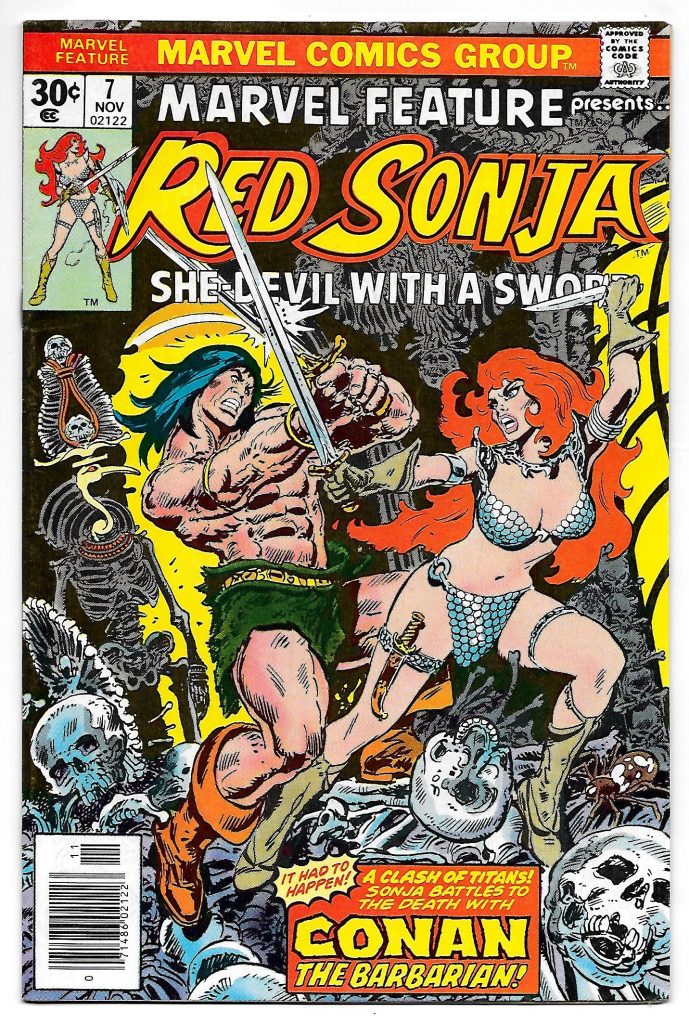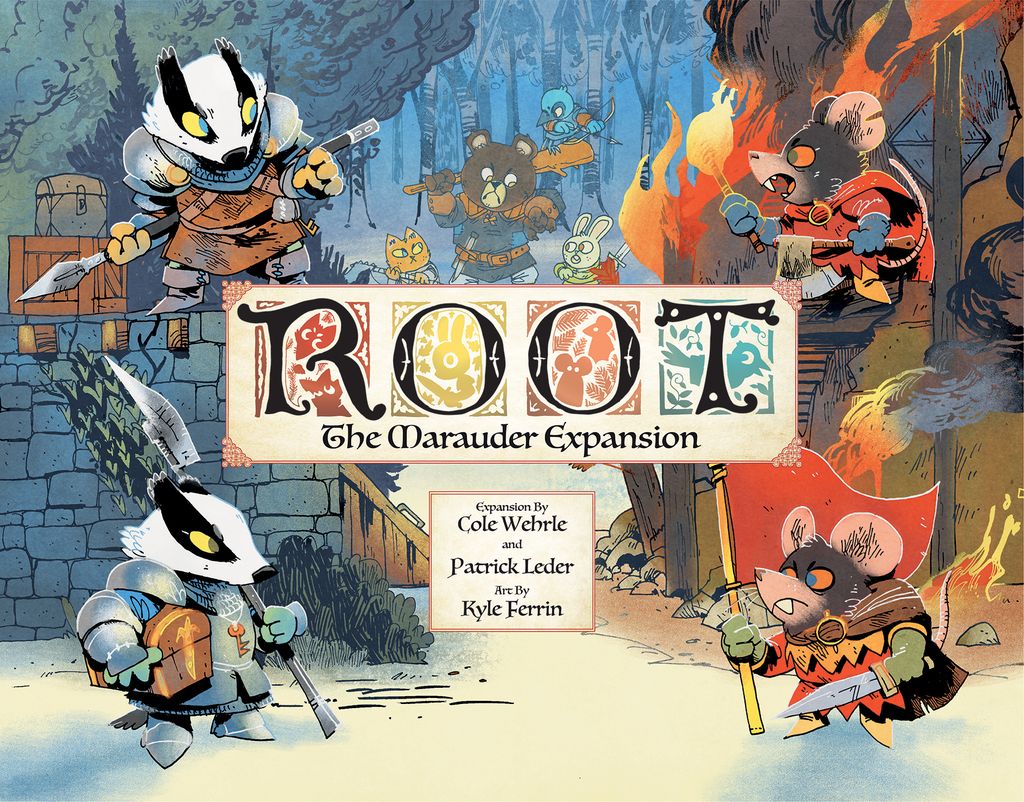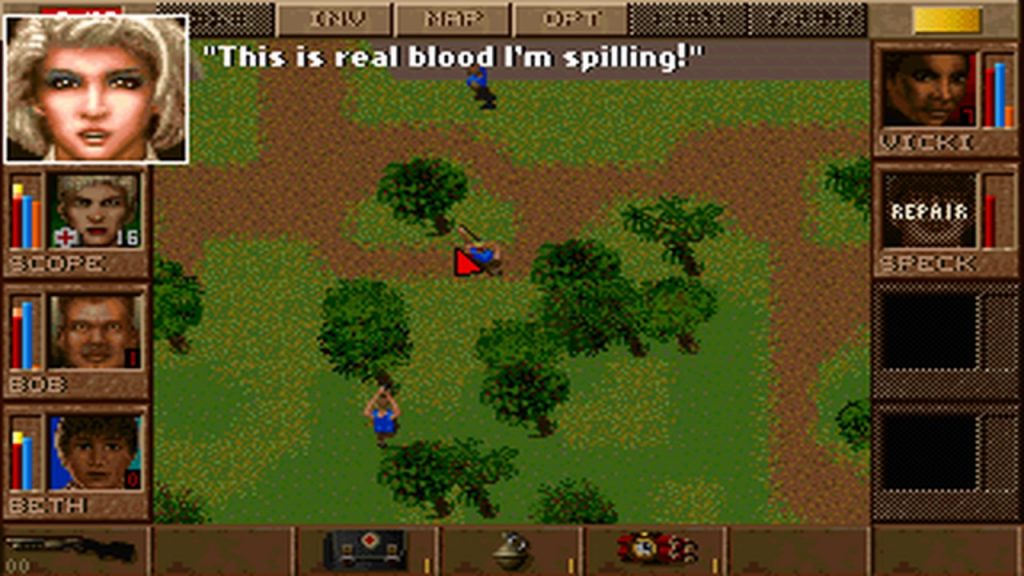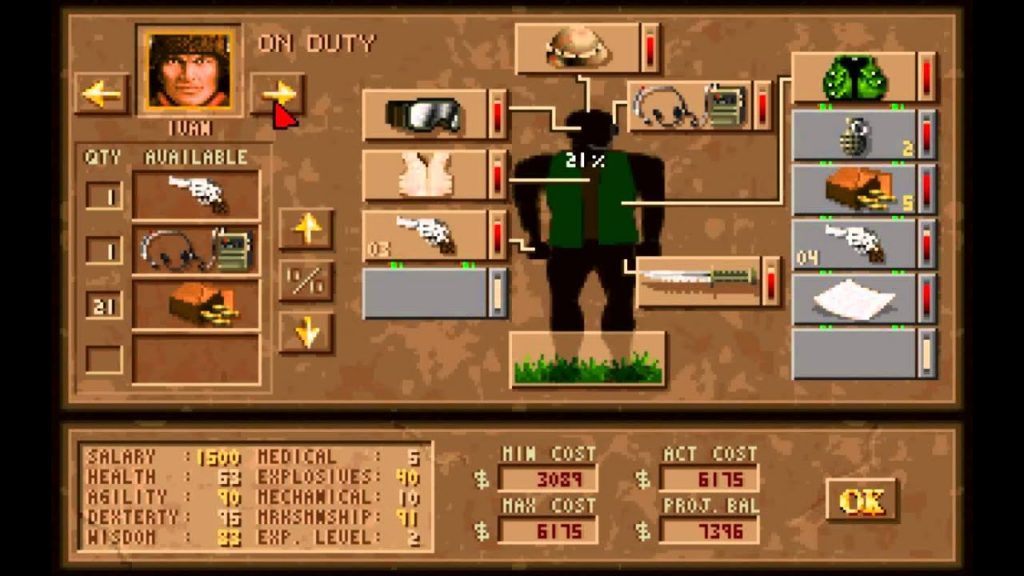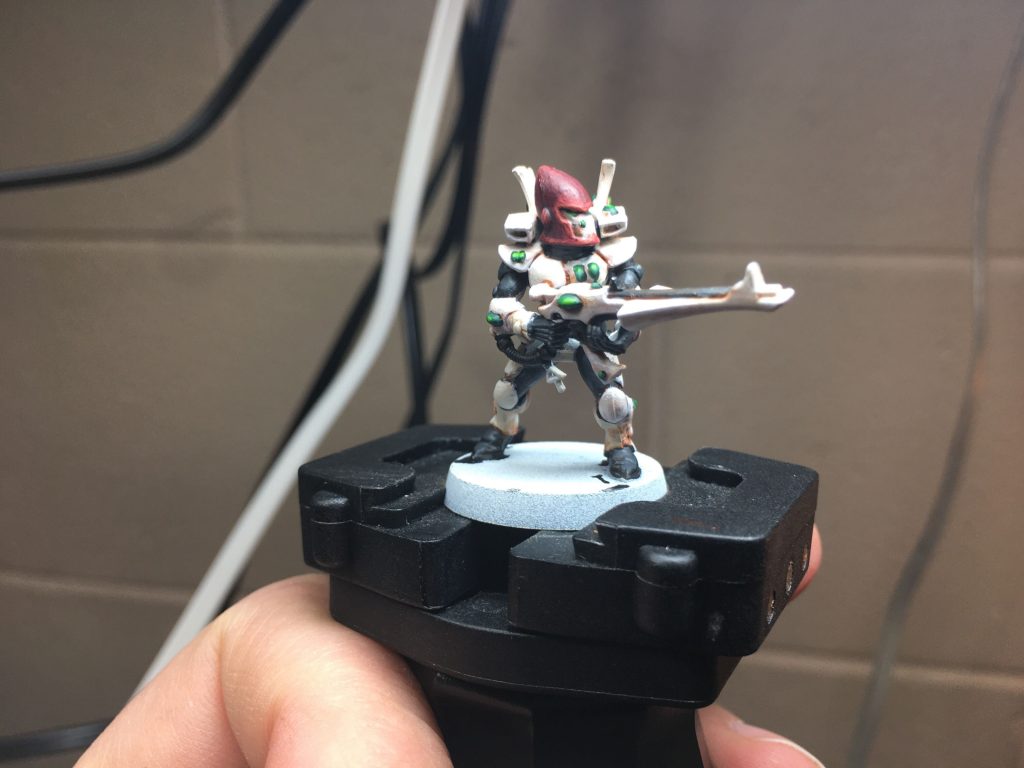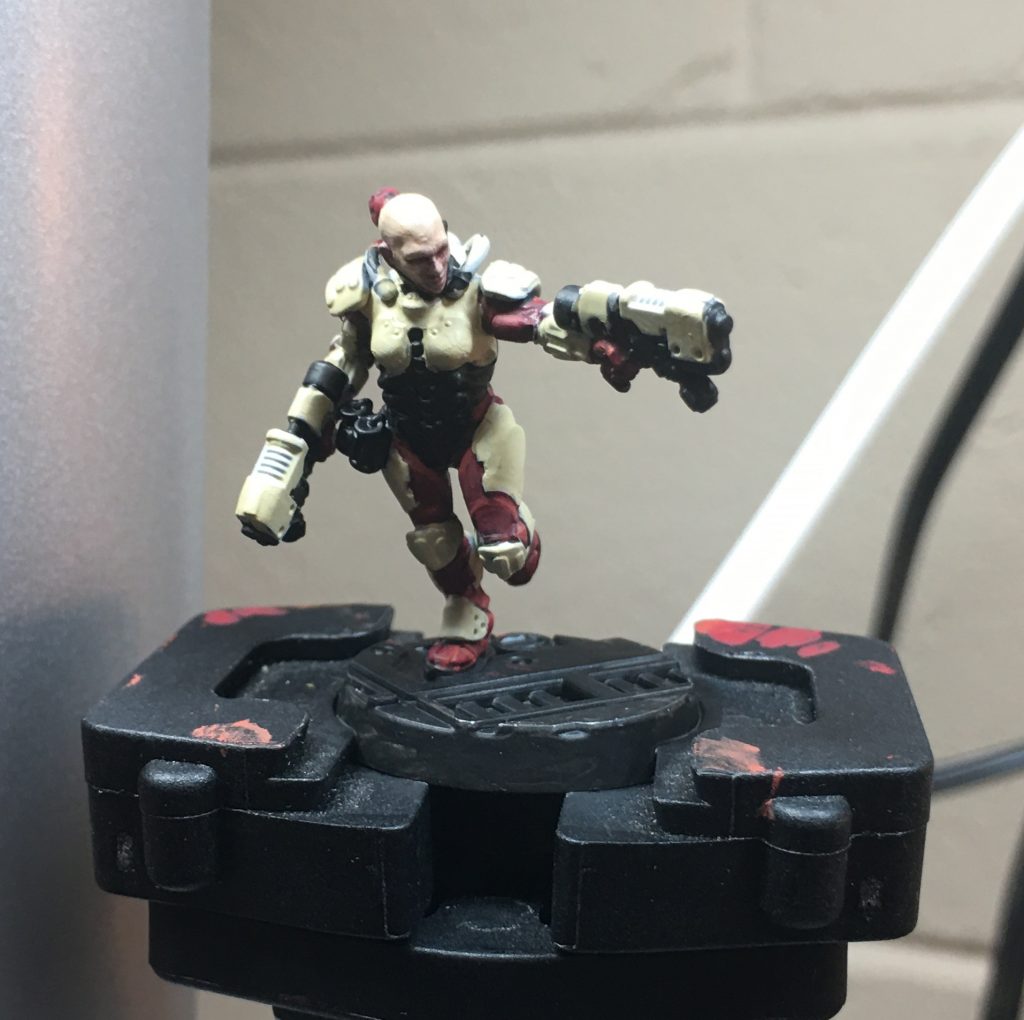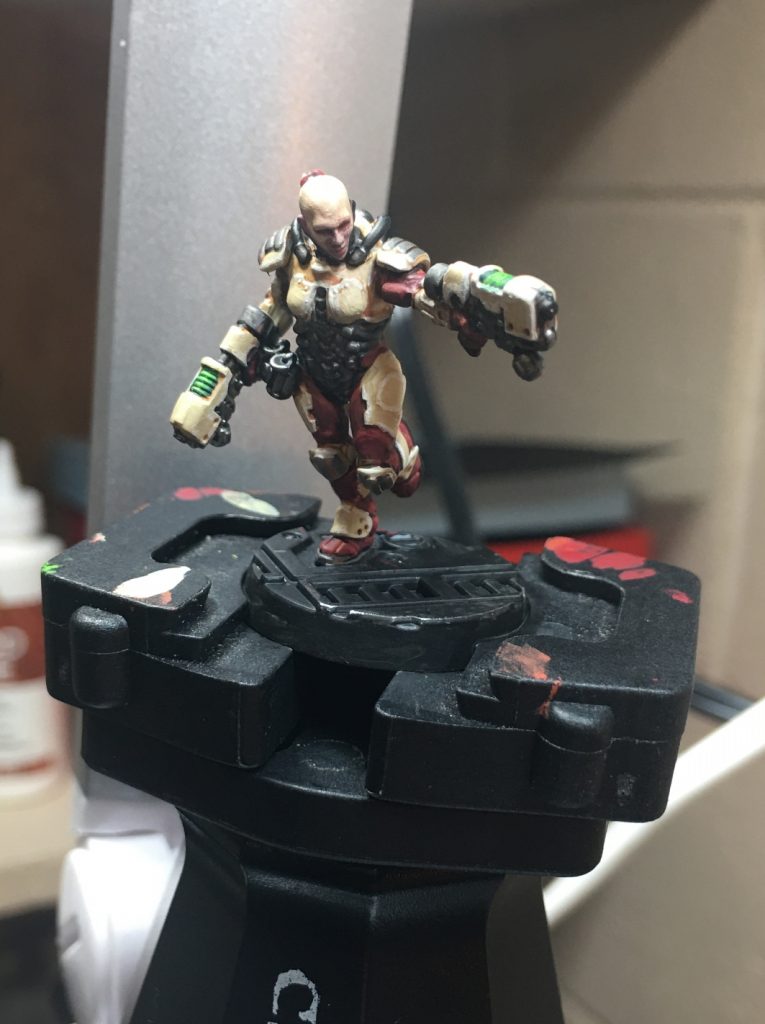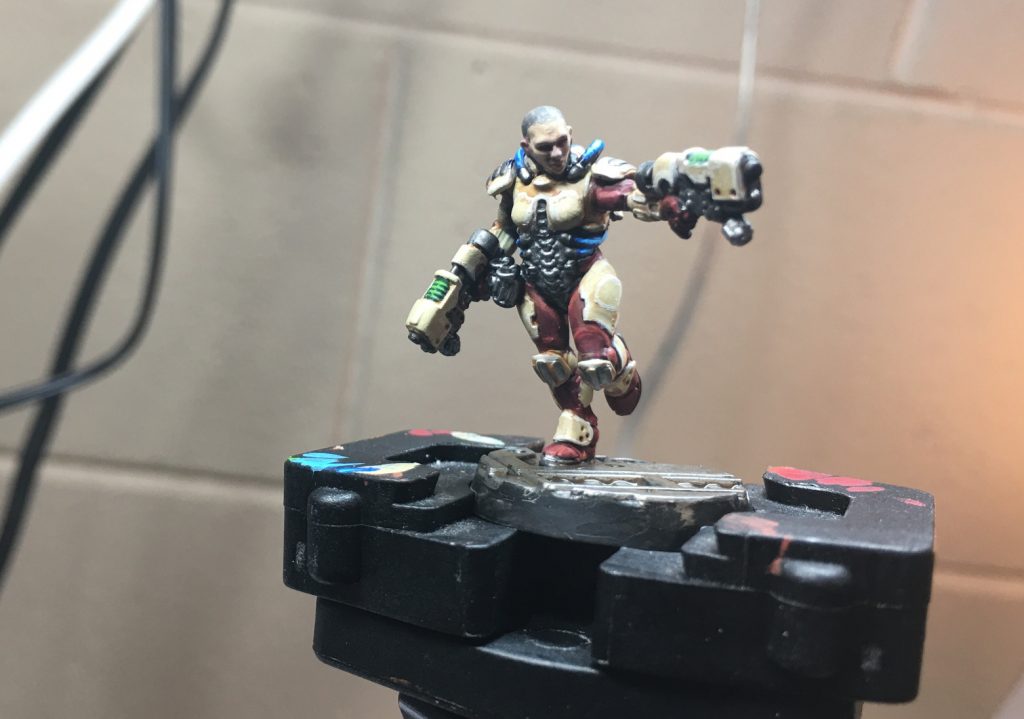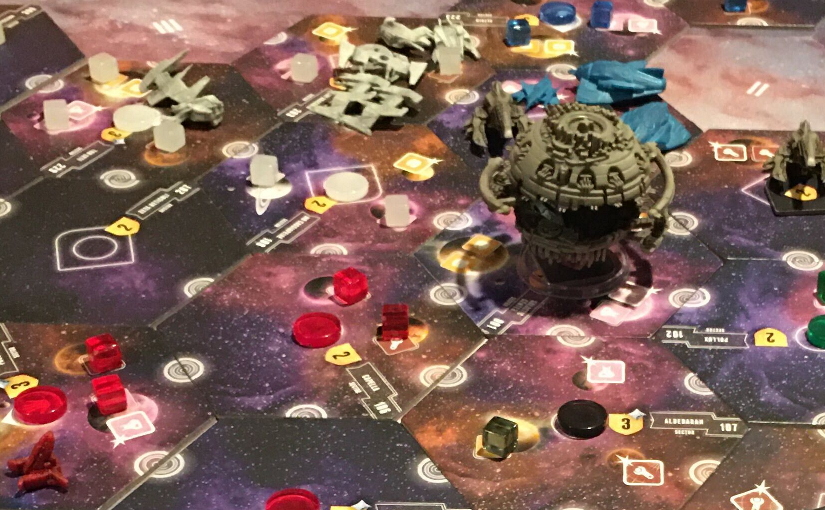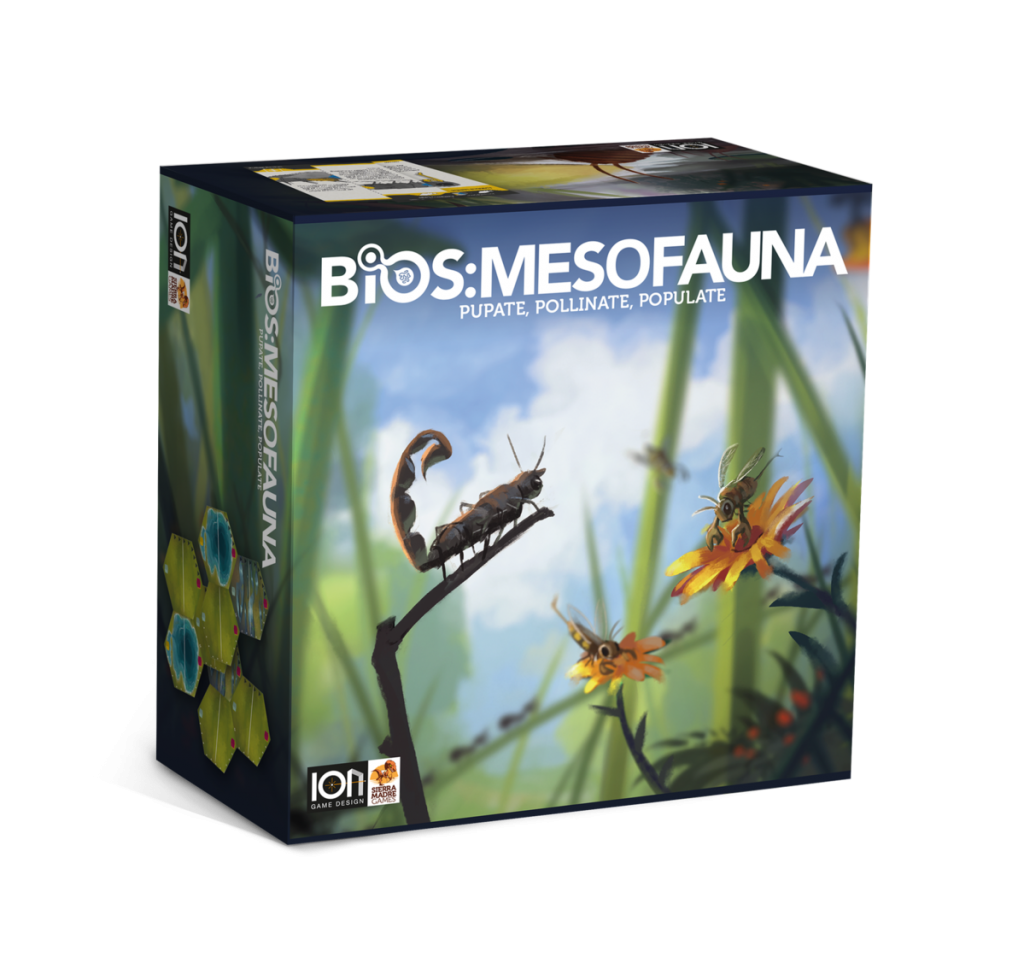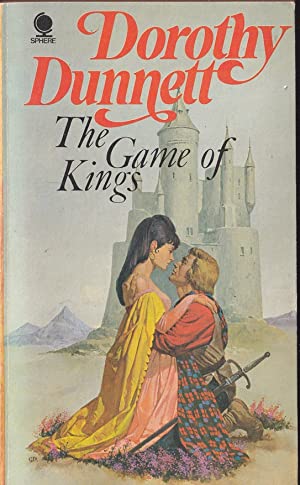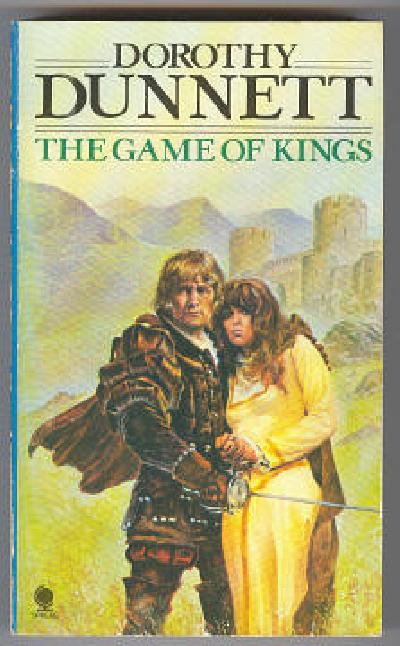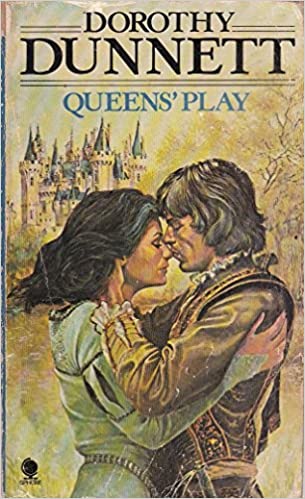I just finished reading the new Onyx Path Trinity Core rules and it looks like they fixed Stunts, albeit too late for Exalted 3.
Years ago I did a post about the really bad design of STUNTS in Exalted 2nd Edition, that was not improved by Exalted 3rd. This wasn’t a review of Exalted 3 as a whole, just a note that the way stunts were designed were a huge problem as it puts the onus on the player to come up with something cool, that may not happened due to the dice being rolled AFTER the description. In 2nd edition, stunts were tied to Mote-regeneration (the stuff that let’s you use your powers) and that turned out to be a very bad idea*. White Wolf was never known for their playtesting ability…
Feng Shui 2’s solution to stunts was the simple and best one– roll the dice, see what happens and if you roll high enough in the situation, then you get a stunt. In Mythras, the opposed combat rolls determine levels of success, which may allow special effects (which are fucking brutal). Lastly, the 13th Age Rogue has a power that gives them one stunt per battle, that ALWAYS happens regardless of the roll of the dice. I like this, but that’s probably because I play using a rogue in 13th Age!
The way it works in the new Trinity/AEON/Aberrant is you make a roll vs a difficulty and then spend your successes to overcome the difficulty first, next spend any excess for effects of your attack. Doing damage to your opponent is considered an effect, for example, as well as tripping, blinding, added dice for your next attack, disarming: all of it are purchased with successes– successes realized and explained AFTER the roll. So if you even up successes vs difficulty, you effectively succeeded, but you don’t have any additional successes for that success to have an effect.
What this avoids are players mulling over more than just their attack moves, but an over-blown description of their attack moves before the dice hit the table to show that it happened. You can declare a ‘medium attack to no specific location’ the same as D&D, but if the dice come up GREAT for you, that medium attack can become a dry gulch to the throat, disarm and knee to the nuts!
Added to this is the ability for characters to do multiple actions during their turn up to their Cunning stat– so punching a mook, grabbing his gun and shooting the kneecaps off a couple of other mooks is entirely possible. With the scaling rules, a character with a 3+ scale difference in skill vs his opponents simply DICTATES what occurs during their combat action. Love it.
I’m not super interested in Aeon (the sci fi game), but let’s see if Onyx Path can pull off D10 superheroes with Aberrant! There are a million superhero games out now, and most of them don’t even compare well to FASERIP, especially all of them made during the “RPG microlite” or FATE years that hand wave all powers into some generic die roll.
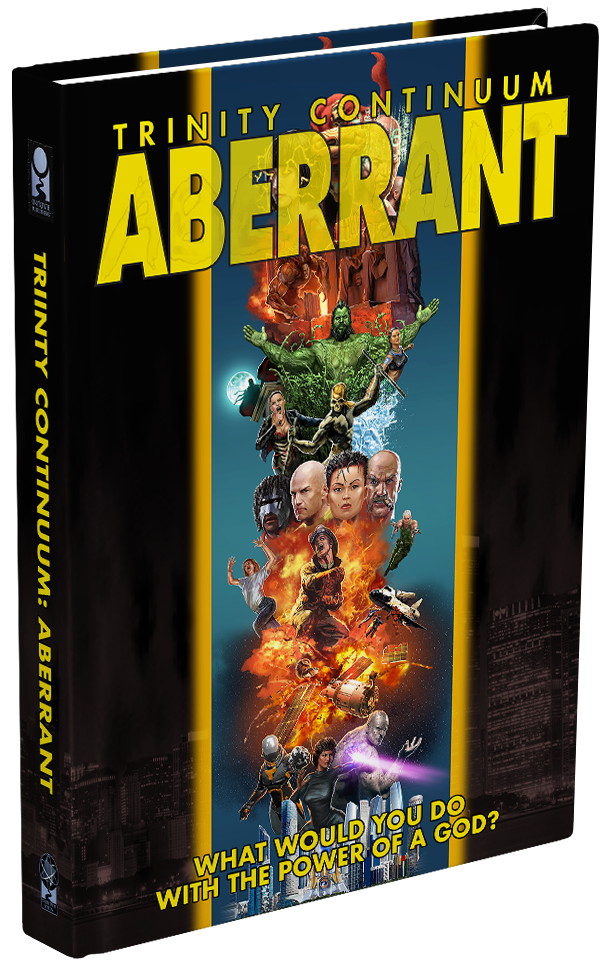
While this will likely be missing the hard-edge 90’s conspiracy and nihilism we’ve come to love from White Wolf, after reading the Trinity Core Rules, I bet system wise, it’s a winner.
*for the record: Excellency + Shadow over Water [or Seven Shadow Evasion] + Reflex Sidestep Technique + Leaping Dodge Method. This combo costs 10 XP to purchase, is friendly with Infinite Mastery, allows the character to perfectly defend against any attack, allows the nullification of unexpected attacks and allows the character to break most flurries. Invoke this combo for every single action in combat, using a 2-die stunt to restore the expended Willpower. Thank you Jon Chung: why were you not on the Exalted 3 playtesting team?
